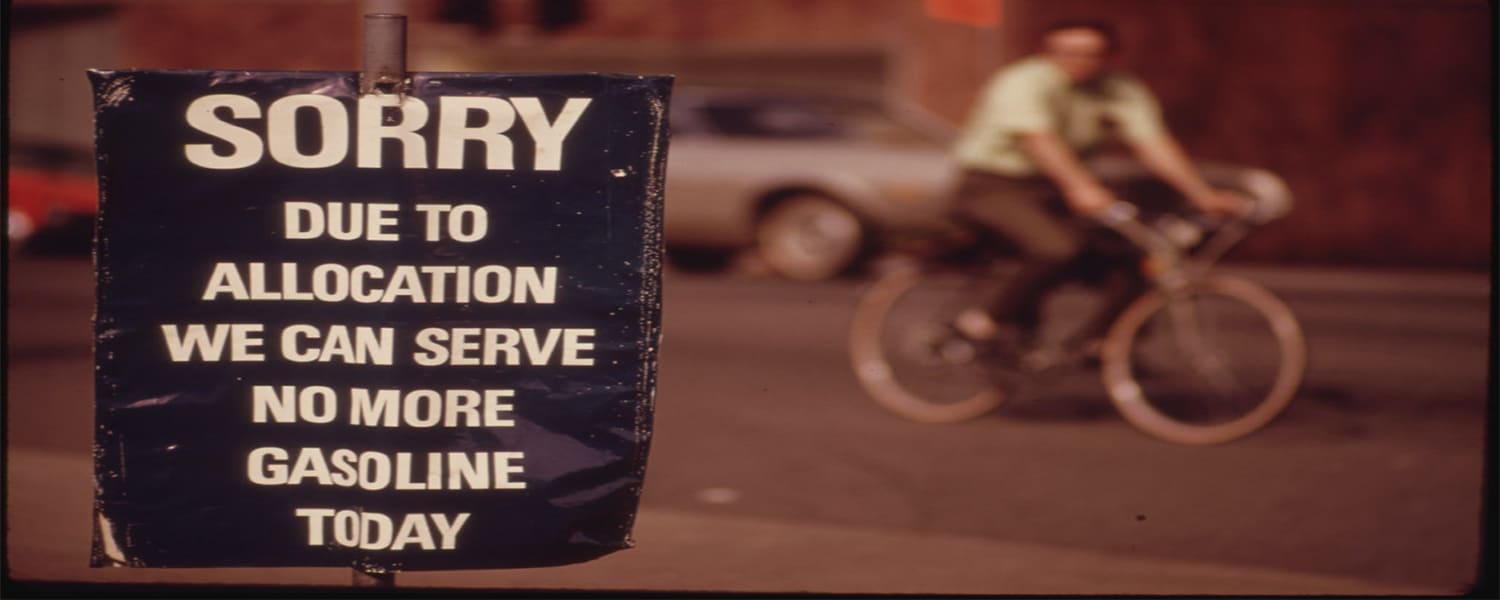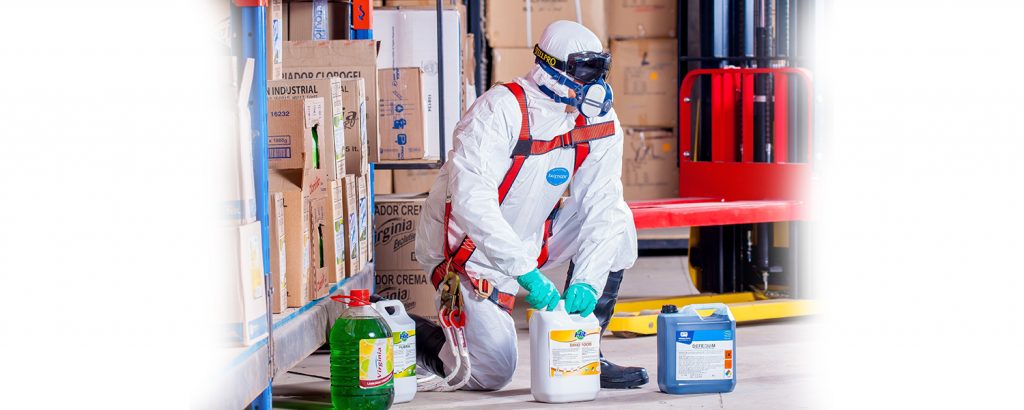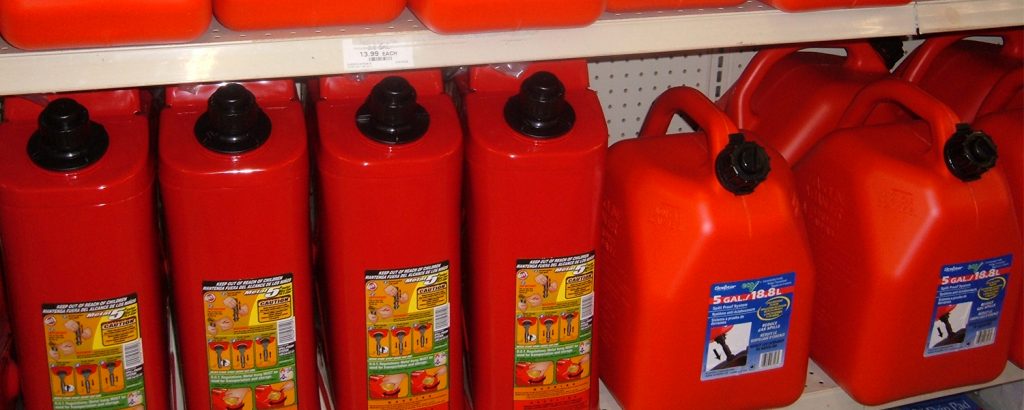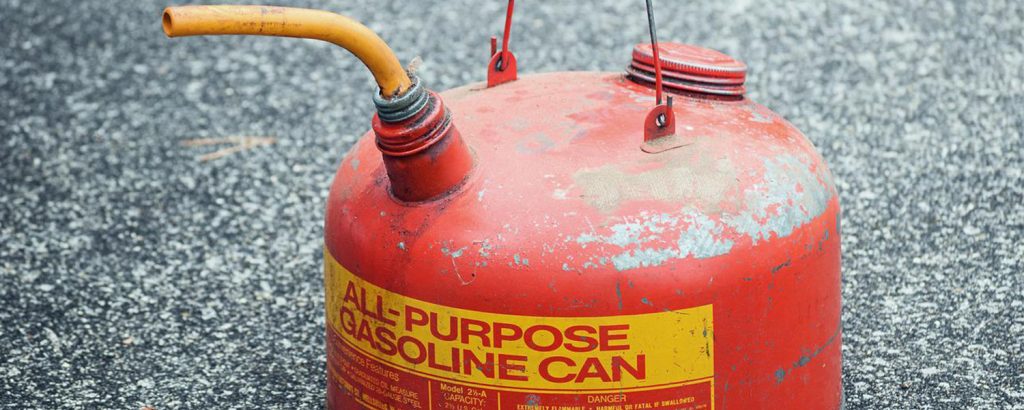How to Store Gasoline for Survival

Next to water, fuel is a necessity in a disaster or a doomsday scenario. Generators, automobiles, or other households electric machinery are useless without a source of power. They wouldn’t add value to you as much as a paperweight does.
One of the crucial points you need to consider when preparing for the next disaster waiting to happen or the end of the world is planning the storage of fuel.
This keeps you out of a set of millions of people who have to struggle to get gas at the last moment in the face of any disaster. You can see these disaster scenarios are more frequent than in the last decade.
A good fuel storage plan is not only about purchasing all you can and storing, You need to consider,
- The minimum amount you need to store
- How to store in recommended conditions (Safety first)
- Renewal of the storage

This ensures you have your machines up and running for the scenario you’ve been planning for. Let’s discuss all you need to know about the proper fuel storage along the way.
What is the intended purpose of your fuel storage?
- Run your generator and power the household items.
- Get yourself to a bug-out location or out of a disaster area.
- Or maybe both depending on the scenario.
It is far easy to Pre-Purchase fuel and stores it to be used in an emergency. There won’t be long queues and limits on the amount you can buy.
You need to consider the facts before purchasing your fuel reserve.
Safety

- Gasoline’s intended purpose is to be used as a motor fuel. Do not mix it or use it for other purposes such as kerosene heaters or lamps.
- In case you get gasoline on your skin be sure to wash it off with soap and water immediately to avoid skin irritation. Do not smoke, light a match, or go near a fire unless you are sure gasoline is removed from your body and clothes. especially from shoes.
- While transporting or loading the gasoline, if you accidentally spill gasoline on your vehicle be sure to wipe it off or to wash and make sure not to light a smoke near until you are sure the +spill is clear.
Storage
It is crucial to store gasoline according to the recommendations and it could be hazardous if not. You need to decide how much you need to store and store only the required amount in appropriate containers.
In the face of a disaster, you will be forced to use minimum power and save. You will be lighting a minimal number of light bulbs and will not be ironing clothes. Cloth washing can be done manually as well.
But actions such as listening to local news, recharging your radios, fueling up the vehicle for supply runs, and fueling the chain saw for road clearing would be crucial. So think about how much fuel you would require for at least 1 month and it is recommended to store accordingly. Because you wouldn’t want to keep large cans of highly flammable fuel around you at all times.
On the other hand, gasoline rapidly decomposes. Gasoline stored in winter could be useless by spring. With fuel stabilizers, you can improve the lifetime by up to 1 year. One solution is to always use fuel in the storage and replace the newly brought fuel into the storage. Label the containers with the filled date so that you have an idea of which containers need to be refilled first.
In short, terms replace the fuel in your storage. Make use of older ones and refill newer fuel.
So below are tips to store safely:
Safely Store Gasoline

- Do not store gasoline inside the house
- Always store gasoline in recommended gas containers or tanks. It is safe to store 5 gallons or less. Always leave some room in the container to allow expansion.
- Tightly seal the containers
- Handle gently to avoid spills.
- Store at room temperature and be sure to keep away from potential heat sources such as sunlight, a water heater, a room heater, a furnace, or a vehicle exhaust pipe.
- The kitchen is not recommended even as a temporary store as there are multiple heat sources and fires.
- Be sure to store 50 feet away from ignition sources like heat sparks and flames. A detached and locked shed or garage is recommended for this. Be aware that gasoline vapor is heavier than thin air and may transmit along the ground to ignition sources.
- Storage has to be located in a well-ventilated area.
- Better to store it on the floor to minimize spilling in the events such as earthquakes and also be sure children can’t reach it.
- Check with authorities for additional related regulations for fuel storage.
- Inspect your storage tank periodically for pressurization. If the tank is ballooning with gas fumes, carefully move it to a well-ventilated area and slowly remove the lid to allow fumes to escape.
- Beware of static electricity. Don’t keep fuel containers on carpeted surfaces or any other surface that could create static electricity. A fire-rated storage cabinet could be a good investment to avoid most risks.
Storage Containers

Approved Containers will have labels stating that those are recommended for fuel storage. Never store gasoline in unapproved ordinary containers because gasoline can dissolve some plastic forms.
Consider adding a few ounces of fuel stabilizer before filling the tank with gasoline. This could ensure fuel is fresh for up to a year or so. Approximately 10 ounces of stabilizer for a 25-gallon tank is used. Refer to the manufacturer guidelines and decide the dosage you need.
Typically red color containers are for gasoline, blue for Kerosene, and yellow for Diesel. Following these color conventions could help in many ways during the disaster you are preparing for. You wouldn’t want to accidentally put regular gas into a kerosene heater and create your own disaster. right?
You can buy these containers from Walmart, Home Depot, or any other local hardware.
If you like this article, you may also like :

[…] Store Gasoline For Survival […]
[…] Store Gasoline For Survival […]
[…] you can find here how to store gasoline for […]
[…] How to Store Gasoline for Survival […]
[…] We have a dedicated article to discuss fuel storage. […]